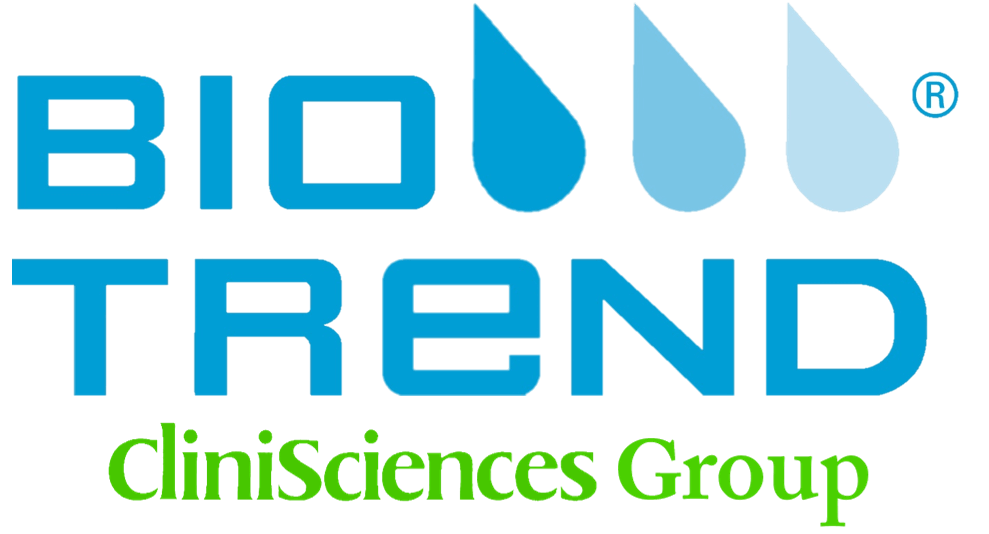Anti-CD11b (Cell Surface Glycoprotein MAC1 Alpha Subunit, Complement Component Receptor 3 Alpha, CR3A, ITGAM, MAC1A, MO1A, Neutrophil Adherence Receptor) (APC) Monoclonal Antibody
Katalog-Nummer C2262-36R-APC-100ul
Size : 100ul
Marke : US Biological
C2262-36R-APC CD11b (Cell Surface Glycoprotein MAC1 Alpha Subunit, Complement Component Receptor 3 Alpha, CR3A, ITGAM, MAC1A, MO1A, Neutrophil Adherence Receptor) (APC)
Clone Type
PolyclonalHost
mouseSource
humanSwiss Prot
P11215Isotype
IgG1Grade
Affinity PurifiedApplications
IHC IPCrossreactivity
Hu MkShipping Temp
Blue IceStorage Temp
4°C Do Not FreezeCD11b cell surface glycoprotein is a 165kD molecule also known as the alphaM integrin, MAC-1 and CR3. This molecule is expressed as a heterodimer in association with the beta 2 integrin, and is found upon monocytes, granulocytes, NK cells and some peripheral blood lymphocytes.||Applications:|Suitable for use in Immunohistochemistry and Immunoprecipitation. Other applications not tested.||Recommended Dilutions:|Immunohistochemistry (Frozen): 1:100-1000|Optimal dilutions to be determined by the researcher.||Hybridoma: |Sp2/0 myeloma cells with spleen cells from Balb/c mice. ||Positive Control Tissue:|Human Tosil||Storage and Stability:|Store product at 4°C in the dark. DO NOT FREEZE! Stable at 4°C for 12 months after receipt as an undiluted liquid. Dilute required amount only prior to immediate use. Further dilutions can be made in assay buffer. Caution: APC conjugates are sensitive to light. For maximum recovery of product, centrifuge the original vial prior to removing the cap. ||Note: Applications are based on unconjugated antibody.



